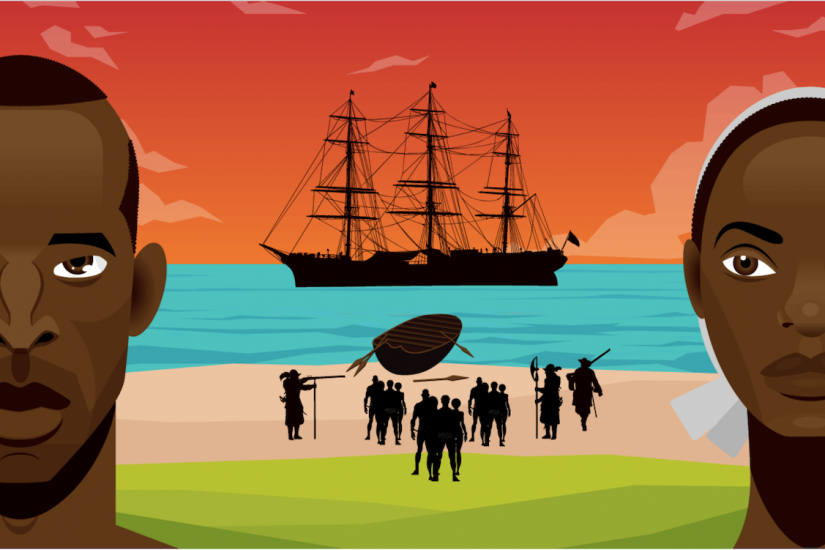Though a colonial census in March 1620 records 32 Africans living in Virginia, there is some debate whether all 32 were aboard the White Lion and the Treasurer. Some may have been there before their landing or have come in other ships from Europe. Not all may have been enslaved.
A journey that led to death or slavery
Whichever ship they arrived on, these people represented the origins of slavery in the Thirteen Colonies, and the journey here remained just as cramped, foul and deadly for years to come. The Smithsonian National Museum of African American History & Culture estimates that …
For every 1,000 Africans kidnapped in the slave trade, 640 survived the forced march from the African interior, 570 survived to board the waiting slave ship, and many died of disease on the ship. In the end, only 480 lived to see the Americas.
After the 32 Africans landed in Virginia, few Africans were taken to the colonies in next decades. The growth of the slave trade was explosive over the next 150 years.
Hundreds, then thousands were captured and brought mostly to Virginia, Maryland and South Carolina.
As Congress prepared to outlaw the slave trade in 1807, more than 24,000 Africans were brought to the U.S. — the largest influx in its history. After two centuries, more than 360,000 Africans had survived the harrowing trip across the Atlantic.
But they were just a fraction of the people who were born into slavery for generation after generation.
We'll try to put the growth in perspective:
Census data shows an escalating slave population by state.
By 1800, the total number of enslaved people had grown to 800,000.
That number grew fivefold to 4 million people as the Civil War started just 60 years later.
